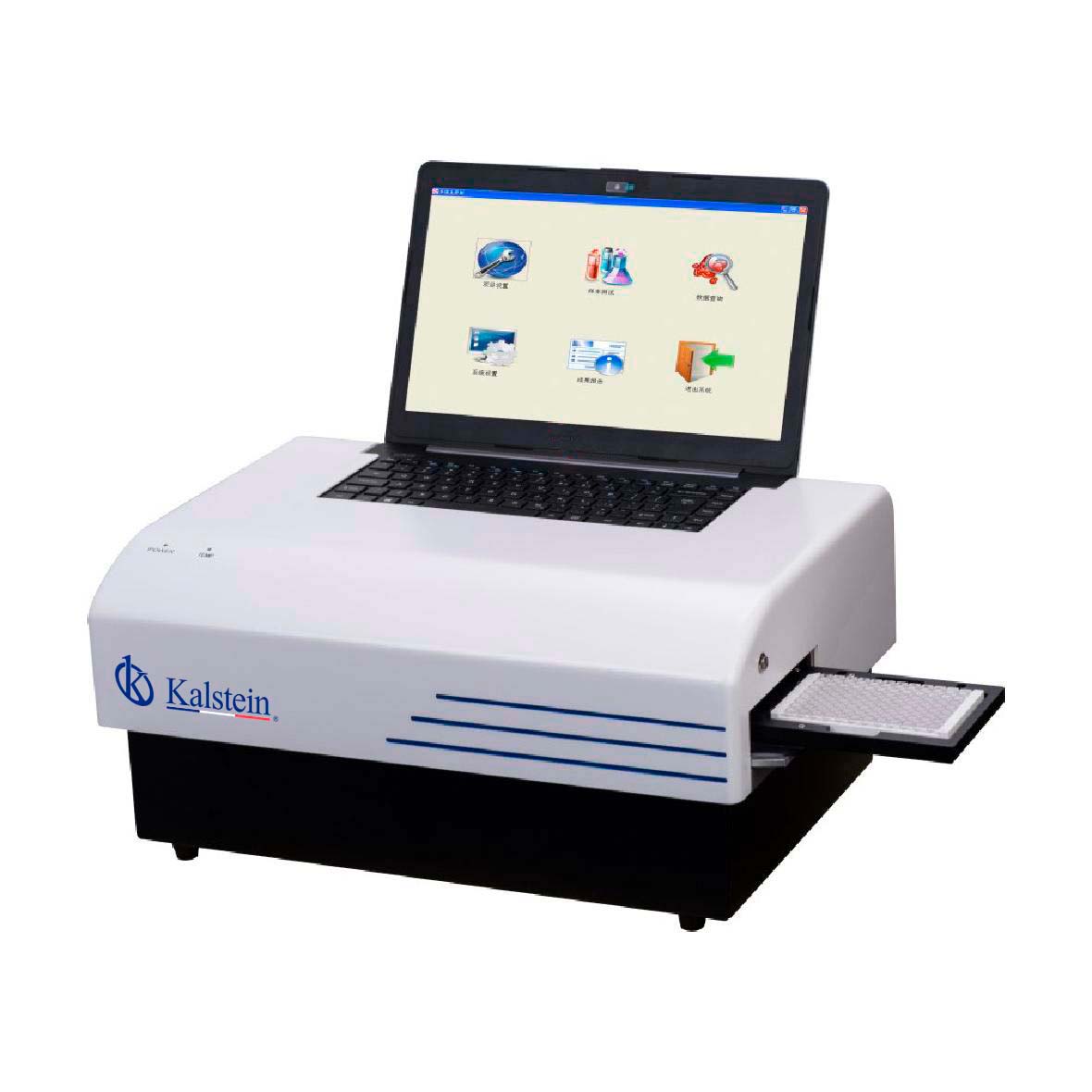An electrolyte analyzer is an instrument used in clinical laboratories and hospitals to measure the levels of K+, Na+, Cl- and Li in samples of whole blood, serum, plasma or urine. These kits have become tools that offer a quick and easy method for measuring these analytes.
Electrolytes are minerals that carry an electrical charge when dissolved in the blood and other body fluids, and are crucially involved in the proper functioning of the body, since factors such as the amount of water present in the body, cardiac activity and muscle, nerve impulses and blood pH.
If the balance of electrolytes in the body is altered, some disorders begin to appear, which can even cause death.
How does an electrolyte analyzer work?
Electrolyte analyzers work automatically and allow the concentration of serum electrolytes present in the analyzed sample to be determined. In a short time this equipment is able to report the levels of these electrolytes in blood or urine.
These kits are generally based on direct potentiometry where ion selective electrodes (ISE) are used for the determination of ions in samples such as sodium, potassium, chlorine, and lithium. ISEs are sensors capable of determining the concentration of ions in a solution by measuring the current flow through an ion-selective membrane.
What are ISEs?
The ISE are electrodes that are made up of a sensitive membrane, selective to a particular ion. When the selective electrode is immersed in the sample to be analyzed, a potential is developed on its membrane through a selective and spontaneous reaction, this is also achieved thanks to the presence of a reference electrode.
The selective ion electrode technique, based on the use of electrodes to measure the concentration of a certain electrolyte. To do this, it measures the potential difference caused by the contact of the electrode with the ion in question, with respect to the potential difference in the reference electrode.
Selective ion electrodes have a selective ion membrane, which responds only to contact with a certain ion dissolved in the analyzed sample, creating a potential difference caused by the contact of the electrode with the ion with respect to the potential difference in the electrode. reference.
At Kalstein we are MANUFACTURERS and we have an excellent range of clinical laboratory analyzers, adapted to the reality of your laboratory and at the best PRICES. That’s why we invite you to take a look at the Products menu. HERE


